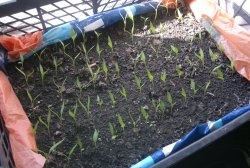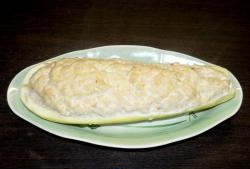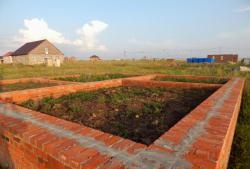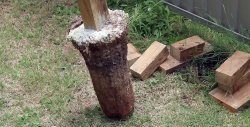Zucchini is a relative of pumpkin and squash. Depending on the variety, its fruits may have different colors and shapes. The culture is very responsive to sunlight and water, which determines the growing conditions for such a vegetable.
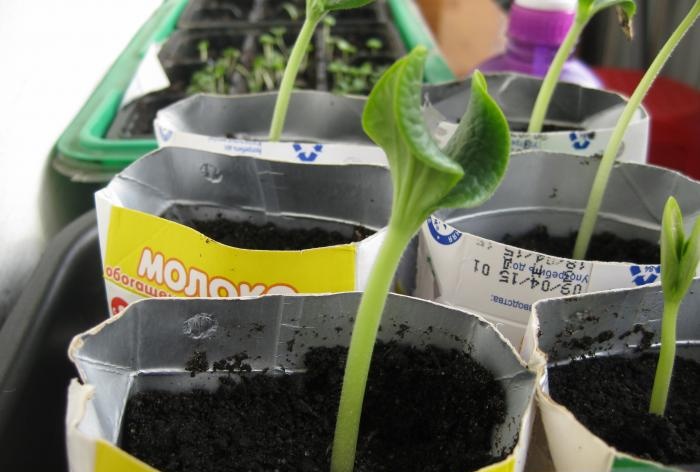
The most popular varieties of zucchini
When choosing planting material, you should first of all pay attention to domestic selection. Today, many foreign varieties have appeared on the seed market, which adapt rather painfully to the conditions of our climate.
If we consider such a parameter as frost resistance, then only domestic varieties are suitable for the central and northern regions of our country. But for the southern regions, imported options are quite suitable.
It is worth noting that foreign varieties of zucchini on the seed market are presented in the form of hybrid plants, so our zucchini differs from their foreign counterparts in their increased nutritional value and taste. Domestic varieties of zucchini also have a longer shelf life and are most preferable for canning.
Today, the best varieties of zucchini have early and super-early ripening periods. The first places in the ranking are occupied by the following species:
- Aeronaut (zucchini);
- Gribovsky 37 (white-fruited);
- Spaghetti;
- Iskander F1;
- Tsukesha.
These varieties have high yields, early ripening and reliable resistance to various viruses.
Creating a warm bed and features of agricultural technology
Growing zucchini from seeds can be done in two ways: seedlings and sowing in open ground. The first method allows you to speed up fruiting, but if you plant the material in a warm bed, the vegetative lag will be almost unnoticeable. In addition, the summer resident will be freed from cluttering his window sills with various seedlings.
A warm bed for zucchini is created according to the principle of a layer pie. Outwardly, such a piece of land is unremarkable, but the underground part of the ridge is capable of emitting thermal energy, which is so necessary for young plants in the spring.
In the area where zucchini is supposed to be planted, it is necessary to dig a trench 45 cm deep. The extracted soil, if it is fertile, will be needed later, so it should not be carried far. Organic material is placed at the bottom of the pit. This could be mowed grass, unrotted leaves, straw, or even newspaper.Then the layer is sprinkled with earth, and the remaining space is filled with last year's humus from the compost. The top of the organic materials is again sprinkled with the remaining soil. Finally, to give shape, you can use galvanized beds or simply fence the area with wooden sides.
The finished bed must be watered abundantly and, after moistening, covered with dark material. This must be done so that the underground layers begin to release heat. To speed up the process, you can water the area with fresh manure. During the preparatory period, some subsidence of the soil is sometimes observed; this problem can be corrected by adding ready-made humus. It is prohibited to dig up such a plantation.
It is worth noting that such a battery will work for 2-3 years. If such a technology seems quite labor-intensive to someone, then in this case you can limit yourself to warm pits.
Growing technology
The life of a zucchini begins with the germination of seeds. This procedure must be done in order to have complete confidence in the quality of the seed. Despite the large size and rather thick shell, a high-quality seed hatches in a warm and humid environment within 3-4 days.
For many gardeners, planting zucchini seeds in open ground begins with studying the lunar sowing calendar. It is customary to plant pumpkin crops on the waxing moon, so when soaking seeds, you should pay special attention to this fact. Zucchini's structure consists of 80% water, and therefore they react quite sensitively to the ebb and flow of vital forces, which are controlled by the earth's satellite.
Planting of zucchini seedlings is carried out in the second ten days of April, and direct sowing in the ground, provided there is a warm bed, can be carried out in the second half of May. Gardeners do not practice growing zucchini in a greenhouse due to the fact that this crop has a fairly large green mass and requires natural pollination.
Caring for zucchini in open ground
Planting zucchini should be done in the morning or in cloudy weather. Several seeds are placed simultaneously in a shallow hole at a distance of 3-4 cm from each other. Subsequently, when seedlings appear, the weakest shoots are removed.
During the period of formation of the first leaves, the crop needs good watering. However, it is advisable to carry out this procedure once a week. When pulling out the stem, you need to make sure that the roots are not exposed. To do this, you can add soil to the base of the seedling. It is prohibited to loosen or dig up the soil around the plant, as the surface root system may be damaged. It is best to mulch the ground with mowed grass or rotted manure.
Bush and climbing varieties of zucchini tend to grow a large mass of greenery. To ensure sunlight access to the flowers, some of the plant's leaves must be removed. You can also carry out hand pollination to increase yield.
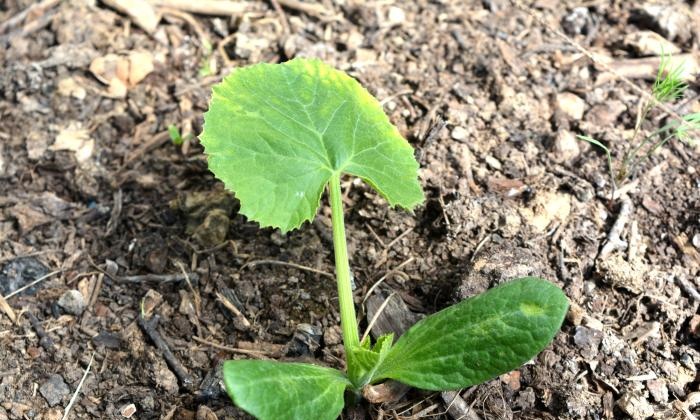
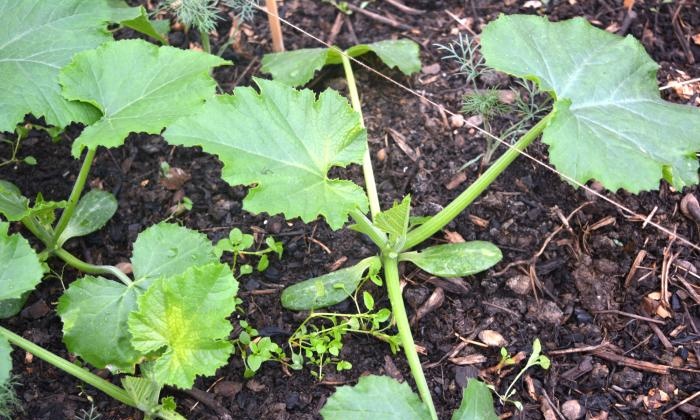
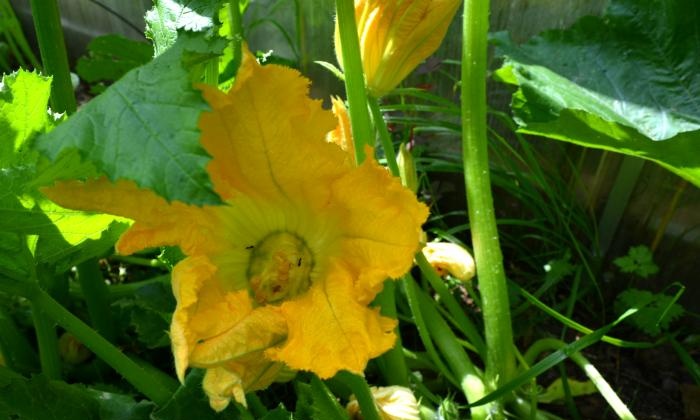

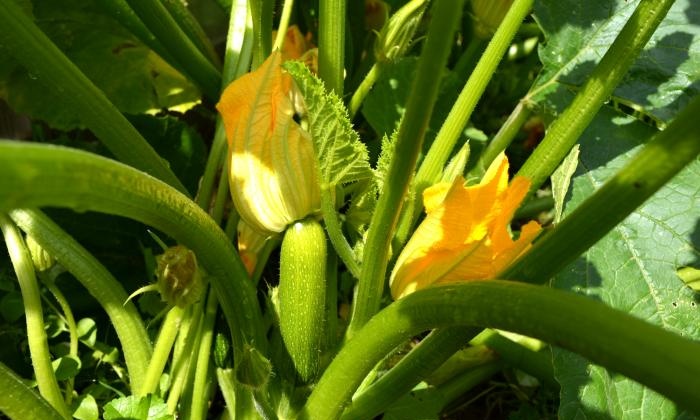
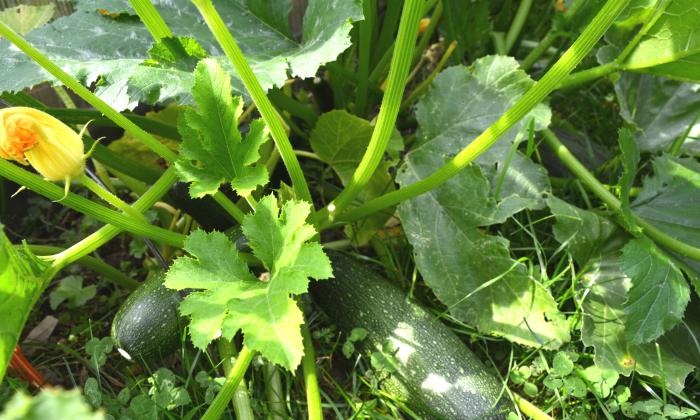

Fertilizer application
Caring for zucchini in open ground includes periodic feeding of the plants. While the seedlings are at the seedling stage, additional nutrients are not required. The first portion of fertilizers should be applied when preparing the crop for flowering. During this period, the plant requires growth vitamins and immunostimulants.It is best to carry out stimulating feeding with a liquid solution of mullein.
It is very important not to overfeed the young seedlings, otherwise the zucchini will begin to grow foliage rather than ovaries. Repeated application of fertilizers will be required during the fruiting period. To improve the chemical composition of the product, the plant requires potassium and phosphate mixtures.

